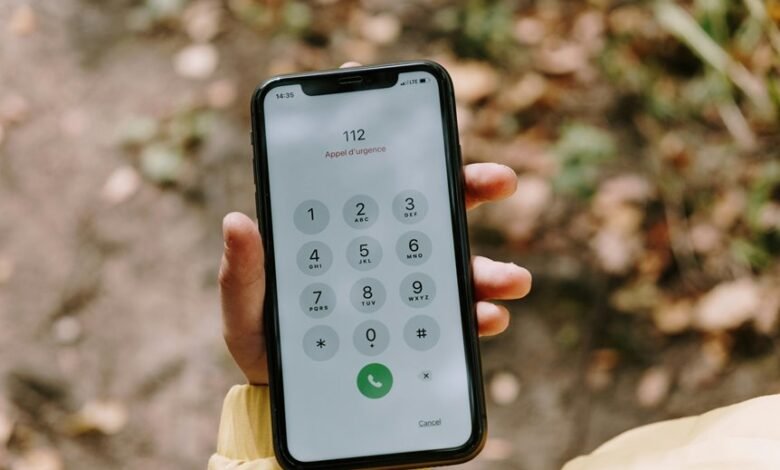7307 Emergency Call Response Metrics

The 7307 Emergency Call Response Metrics offer a structured framework for evaluating the performance of emergency services. By systematically examining response times, call handling efficiency, and unit dispatch metrics, agencies can identify strengths and weaknesses in their operations. These insights are pivotal for enhancing community safety. However, the impact of training and resource allocation on these metrics remains an area ripe for exploration. Understanding this relationship could lead to significant improvements in emergency response effectiveness.
Understanding Response Times
How do emergency response times impact overall public safety?
Response time benchmarks serve as vital indicators of a community’s emergency preparedness.
Studies reveal a strong incident severity correlation, suggesting that faster response times can significantly reduce adverse outcomes.
Analyzing Call Handling Efficiency
Effective emergency response hinges not only on swift arrival times but also on the efficiency of call handling processes.
Analyzing call handling efficiency involves scrutinizing call volume and its impact on staff scheduling. Optimal staff allocation is crucial; inadequate scheduling can lead to delays in response, while overstaffing may waste resources.
A balanced approach enhances overall effectiveness in managing emergency situations, ultimately benefiting community safety.
Evaluating Unit Dispatch Metrics
Evaluating unit dispatch metrics is essential for understanding the operational efficiency of emergency response systems.
Metrics such as unit performance and dispatch accuracy provide insights into how effectively resources are allocated and utilized.
Impact of Training and Resources on Performance
The performance of emergency response units is significantly influenced by the quality of training and the availability of resources.
Training effectiveness directly correlates with response times and decision-making capabilities.
Moreover, strategic resource allocation ensures that units are equipped to handle various emergencies.
Enhancements in these areas not only improve operational outcomes but also foster a greater sense of security within the community served.
Conclusion
In conclusion, the 7307 Emergency Call Response Metrics serve as a vital compass guiding emergency services toward optimal performance. Just as a well-timed domino effect can lead to a cascading series of successes, efficient response times, adept call handling, and strategic unit dispatch collectively enhance community safety. The continuous evaluation of these metrics ensures that resources align seamlessly with operational demands, ultimately fostering a resilient emergency response system capable of addressing the complexities of diverse incidents.





